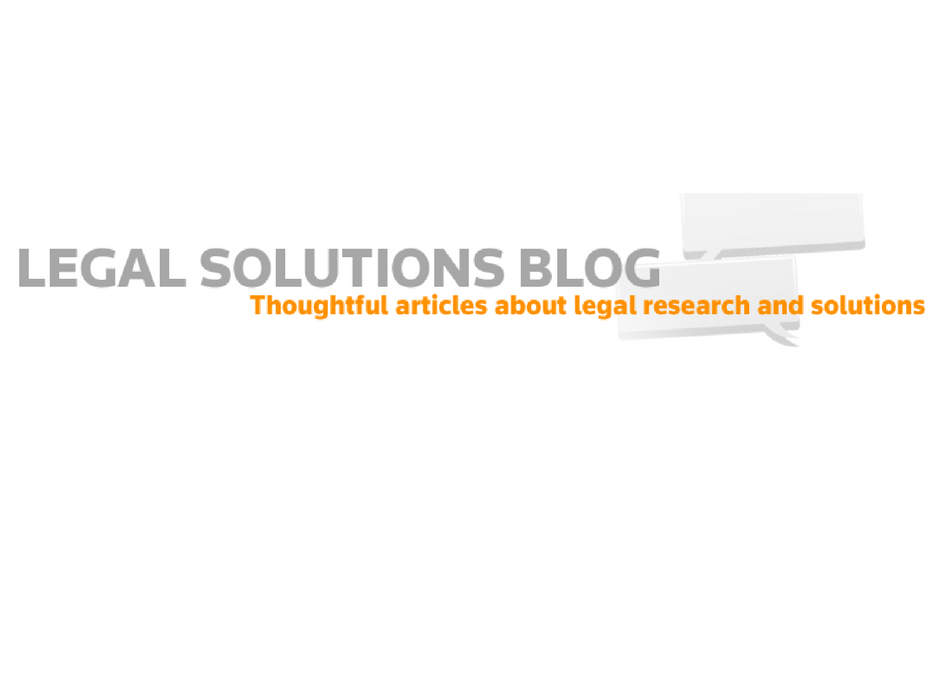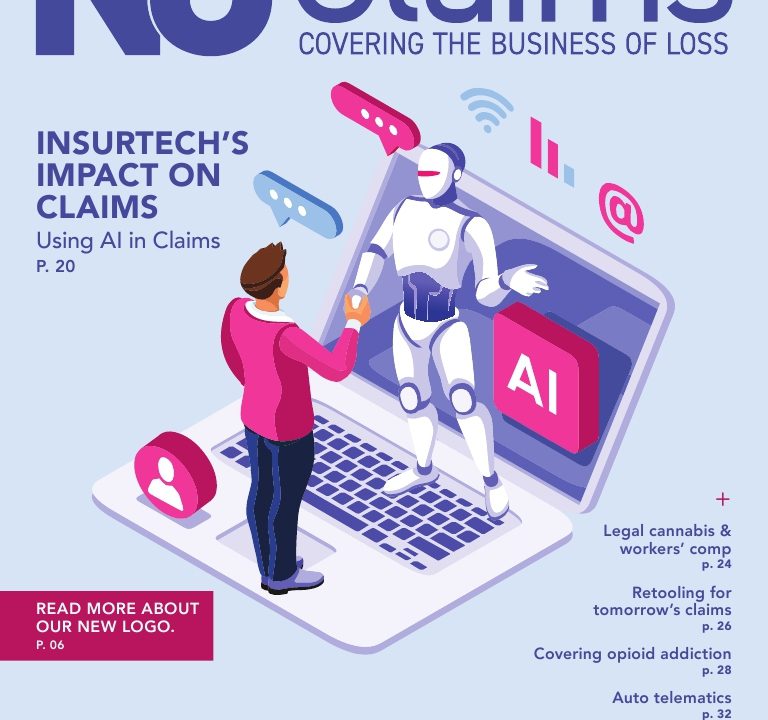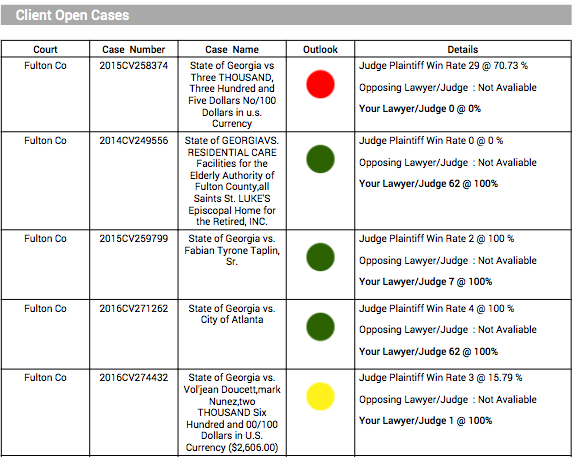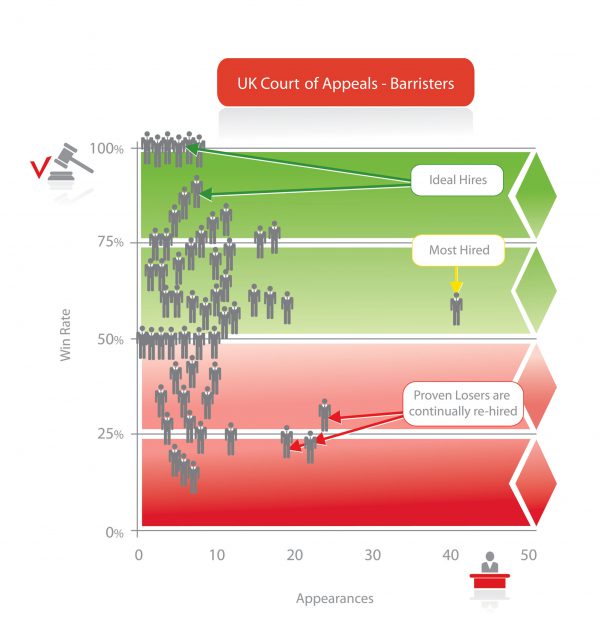Ethical Conundrums in AI
Ethical Conundrums in AI

Artificial intelligence and robotics are developing in almost every field and providing a real benefit to society and professions. This article will examine some of the ways artificial intelligence is benefiting the legal profession, but, at the same time, producing real fears surrounding ethics and job replacement.
The Richmond Journal of Law and Technology lists some of the artificial intelligence platforms already working in the legal field:
- IBM’s Watson Debater: The debater is a new feature of IBM’s well-known Watson computer. When asked to discuss any topic, it can autonomously scan its knowledge database for relevant content, ‘understand’ the data, select what it believes are the strongest arguments, and then construct sentences in natural language to illustrate the points it had selected, in favor and against the topic. Using that process, it can assist lawyers by suggesting the most persuasive arguments and precedents when dealing with a legal matter.
- ROSS Intelligence: “SIRI for the law” was developed in IBM’s Watson labs. ROSS is a legal research tool that enables users to obtain legal answers from thousands of legal documents, statutes, and cases. The question can be asked in plain English and not necessarily in legal form. Ross’s responses include legal citations, suggested articles for further reading, and calculated ratings to help lawyers prepare for cases. Because Ross is a cognitive computing platform, it learns from past interactions, i.e. Ross’s responses increase in accuracy as lawyers continue to use it. This feature can help lawyers reduce the time spent on research.
- ModusP: An Israeli startup which has created an advanced search engine using sophisticated algorithms based on AI. The search function helps jurists reduce legal research hours by finding legal knowledge and insights more efficiently.
- Lex Machina: An intellectual property (“IP”) research company that helps companies anticipate, manage, and win patent and other IP lawsuits by comparing cases to a database of information and helping their customers draw valuable conclusions that inform winning business and legal strategies. The technology compiles data and documents from court cases and converts them into searchable text files. After a keyword, patent, or party is searched for, data and documents are sent back out. It gives lawyers more information on specific judges, a client’s history, and information on what they can do to have a better chance at winning.
- Modria: A cloud based platform, initially developed for eBay and PayPal, functions as Online Dispute Resolution (“ODR”). It enables companies “to deliver fast and fair resolutions to disputes of any type and volume.” This technology aims to prevent submission of lawsuits, by providing easily accessible alternatives for dispute resolution. Modria aims to create fair ODRs, based on the knowledge and insights from millions of cases and other disputes that the system has already solved.
- Premonition: A technology which utilizes Big Data and AI to expose which lawyers win the most cases and before which judges.
- BEAGLE: A technology that uses AI to quickly highlight the most important clauses in a contract and also provides a real-time collaboration platform that enables lawyers to easily negotiate a contract or pass it around an organization for quick feedback. Beagle’s learning process allows the program to adapt to focus on what users care about most.
- Legal Robot: A platform that enables users to check, analyze, and spot problems in contracts before signing them. The platform is also meant to help users understand complex legal language by parsing legal documents and translating them into accessible language by transforming them into numeric expressions, so statistical and machine learning techniques can derive meaning. It is also designed to compare thousands of documents in order to build a legal language model to be used as a tool for referencing and analyzing contracts.
With these introductions of robotics and artificial intelligence into the legal field – one must ask, how intelligent are these machines?
When assessing intelligence, we can look to the history and development of artificial intelligence in robotics. In 1997, machine beat man at chess – IBM’s Deep Blue beat the world chess champion Garry Kasparov. In 2011, IBM’s Watson supercomputer beat the reigning champion at Jeopardy. And in 2016, AlphaGo beat the 9th Dan Devine Go Master Lee Sodol. Whether these machines are intelligent, however, depends on how intelligence is defined. Some argue that the machines are not intelligent, rather their creators are; others argue that these machines can learn, and, therefore, are intelligent.
How can a machine learn? “Deep Learning” is one of the ways machines are learning. “Deep learning” refers to artificial neural networks that are composed of many layers. It is the fastest-growing field in machine learning. It uses many-layered Deep Neural Networks (DNNs) to learn levels of representation and abstraction that make sense of data such as images, sound, and text. Examples, provided by Sandeep Raut, in news article, “What makes Deep Learning Deep…and world-changing,” of deep learning in consumer products include:
- Google Translate is using deep learning and image recognition to translate not only voice but written languages as well.
- The CamFind app, simply take a picture of any object and it uses mobile visual search technology to tell you what it is. It provides fast, accurate results with no typing necessary. Snap a picture, learn more. That’s it.
- All digital assistants like Siri, Cortana, Alexa & Google Now are using deep learning for natural language processing and speech recognition.
- Amazon, Netflix & Spotify are using recommendation engines using deep learning for the next best offers, movies or music.
- Google PlaNet can look at the photo and tell where it was taken. DCGAN is used for enhancing and completing the human faces.
- DeepStereo: Turns images from Street View into a 3D space that shows unseen views from different angles by figuring out the depth and color of each pixel.
- DeepMind’s WaveNet is able to generate speech which mimics any human voice that sounds more natural than the best existing Text-to-Speech systems.
- Paypal is using deep learning to prevent fraud in payments.
Incorporating “deep learning” and advancing technology into the machines already operating in the legal field has led to predictions, articulated in the Richmond Journal of Law and Technology, that soon machines will be able to:
- Enhance the Legal Discovery Process by making the review of legal documents more efficient. Some software is already on the market including: Relativity, Modus, OpenText, and kCura.
- Perform legal research and issue spot. Ross – mentioned above – is an example of this kind of system.
- Ensure compliance with applicable regulatory schemes. A system already in use is Neota Logic, which powers other companies regulatory compliance systems such as Compliance HR.
- Generate legal documents that answer the specific needs of the individual.
- Analyze documents to assess liabilities and risks associated with particular contracts and determine ways for companies to optimize contacts to reduce costs. Companies such as eBrevia and LegalSifter are already using similar products.
- Draft briefs and memoranda and maybe even legislative documents.
- Perform legal analytics. Companies such as Lex Machina, Lex Predict, and Legal Operations Company, LLC already combine data and analysis abilities to predict outcomes of situations that have not yet occurred.
But, what do these developments mean in terms of ethics? If machines begin taking over jobs once performed by people, what regulations, if any, should be in place?
With this advancing technology, it is true, that a robot can be trained – and, one can train a robot to do something, good or bad, and it will. The fear, therefore, of artificial intelligence becoming a detriment rather than a benefit to society has become very real.
Anticipating misuse of A.I., Microsoft, Amazon, Google, IBM, Facebook, and DeepMind joined together to form “The Partnership on AI”. The partnership’s stated goals include cooperation on “best practices” for AI and using the technology to “benefit the people and society”. You can view their website at: https://www.partnershiponai.org/.
This industry partnership is going to be a vital resource to regulate the best practices and use of artificial intelligence.
DeepMind also has set up an internal ethics committee and advisory board comprising leading figures from diverse scientific and philosophical disciplines to govern any future use of its artificial intelligence technology; and, the European Parliament put forth a draft report urging the creation and adoption of EU-wide rules to manage the issues arising from the widespread use of robotics.
Questions that the European Parliament addressed in their report include: who should be held liable for accidents caused by robotics (including self-driving cars); what is the legal status of robots – i.e. should they be treated as humans; whether ethical rules are necessary; and, what privacy concerns there are when it comes to having robotics in our homes.
In the United States, some states have pending legislation surrounding the development of artificial intelligence. For example, Vermont has a bill proposing to create the Artificial Intelligence Commission to support the development of artificial intelligence in the state. The bill can be found here.
Tracking the development of the laws and the continuing ethical debate surrounding the development of artificial intelligence in the United States, especially as technology continues to rapidly advance, will be both interesting and worthwhile as it affects more people and professions every day.





